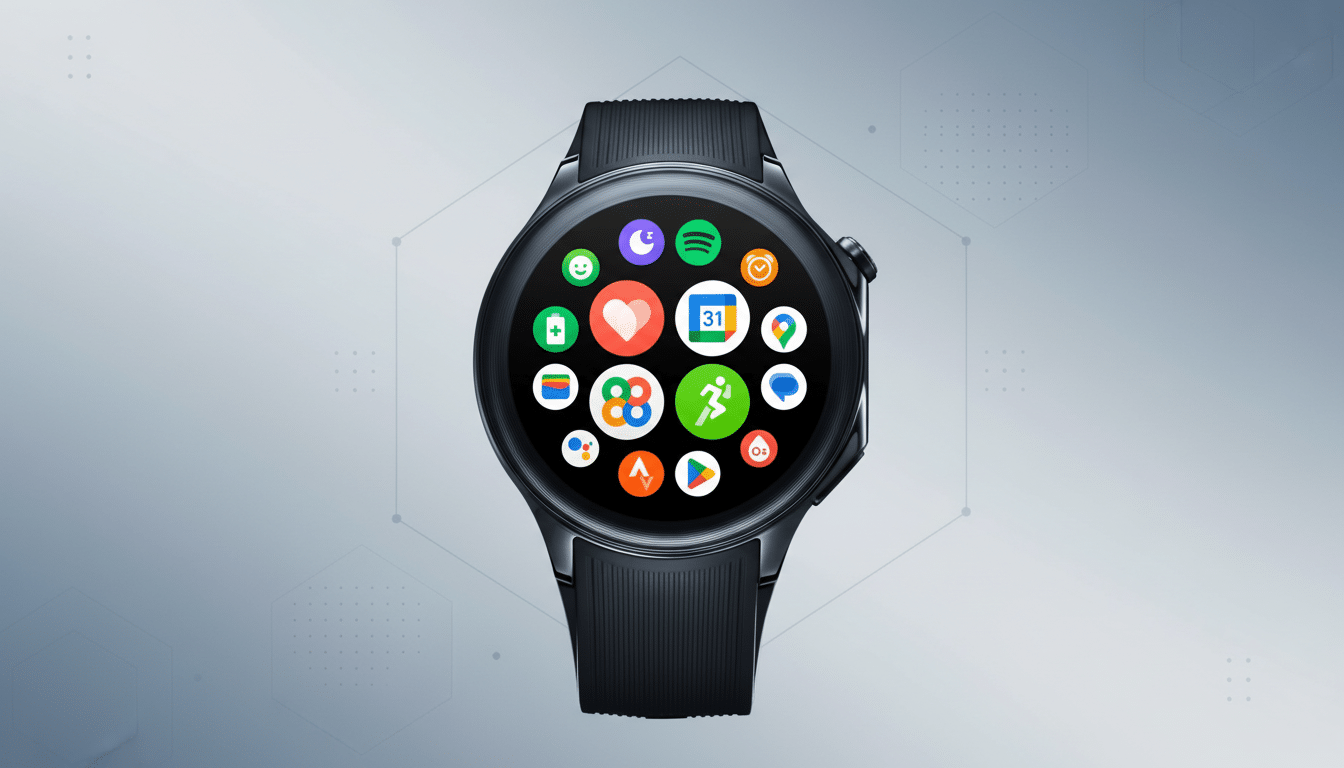Google seems to be working on a small but potentially life-improving new feature for travelers and smartwatch owners: synced Airplane Mode across Android phones and Wear OS watches. In a canary build of Android, references were found to a setting that will allow the Airplane Mode status to be mirrored between an associated phone and watch connected over Bluetooth when enabled.
Why a synced Airplane Mode toggle matters for travelers
If you fly often, this is a familiar hiccup: You reach the gate and switch your phone to Airplane Mode, only to realize later on that your watch kept searching for a cellular or Wi-Fi signal — which reduced battery life but also (theoretically) allowed it to ping networks as you taxi down the runway or take off. With a synced toggle, you eliminate that friction. It also helps on the ground, where some users flip Airplane Mode in order to save power while in regions of low signal; when both devices do that at once, there’s less unnecessary radio scanning.

Contemporary aviation rules permit Bluetooth in flight, and with Android you can manually leave Bluetooth turned on via Airplane Mode. That’s crucial, because it means your watch can still remain connected to your phone and receive the Airplane Mode state without breaking airline rules or user expectations.
What the latest Android canary code reveals about syncing
Strings found in the 2511 Android Canary mention a setting to sync Airplane Mode across supported devices when they are connected through Bluetooth. One of the feature flags, sync_airplane_mode_with_watches, seems to mention syncing phone-watch systems together. The implementation isn’t live at the moment, meaning it’s in active development and secured behind internal testing toggles.
If there’s a description for the user to read, then it’s an opt-in setting and not an invisible alteration. Presumably you’ll see a simple checkbox or toggle inside the phone’s connectivity or device connection settings, accompanied by some sort of quick explainer on how and when the state is being mirrored.
How synced Airplane Mode would work in real-world use
With the setting turned on, manually activating Airplane Mode on the phone will automatically go into effect on the paired Wear OS watch, and vice versa (assuming Bluetooth is turned on). Since Android is able to maintain Bluetooth during Airplane Mode, the devices stay connected long enough for you to sync the status even though other radios are disabled. If the connection fails — for instance, the watch goes out of range — each device should hold its current state until they reconnect.
There are complex edge cases to consider. LTE-enabled watches might have to spell out that cellular is being turned off as well, along with Wi-Fi, yet provide users the ability to selectively turn Bluetooth back on for accessories such as headphones. Android already has the ability to remember user radio preferences in Airplane Mode, and this sync mechanism will need to respect those settings to avoid surprises.

Technically, this sort of cross-device function typically comes through Google Play services and related apps rather than a full OS upgrade, which means it could hit recent versions of Android and Wear OS without requiring the long wait for a new platform release. This would probably be through Pixel devices and in Wear OS betas.
How Android’s approach compares to Apple’s mirrored setting
Apple users have been able to do something similar for years with the Apple Watch’s “Mirror iPhone” mode that includes mirroring Airplane Mode as one of several behaviors. Google’s action would bring Android and Wear OS closer to parity on a commonly used control, along with other cross-device work like Fast Pair, Quick Share, and the Cross Device Services framework that enables app hand-off and multi-device experiences.
What to watch next as Android and Wear OS testing progresses
Once you’ve seen Airplane Mode sync mentioned in Android beta notes and Wear OS updates, watch for a per-device switch to opt in.
Beyond that, power users will hope for granular controls like exempting certain radios or limiting mirroring to sanctioned devices. Enterprise and frequent fliers, on the other hand, will probably just enjoy fewer taps and better battery life when it’s time to board.
If Google sticks to recent pattern, it might roll out gradually, beginning as a hidden flag, then showing up as an option for some testers, and finally being served out broadly via a Play services update. It’s a small change with big convenience implications, and it slots nicely into Google’s broader push to make Android feel smarter when its devices are working together.

